The original butterfly valve is a simple and loosely closed baffle valve. It is usually used as a flow regulating valve and a damping valve in a water pipe system.
With the application of chemical-resistant synthetic rubber on butterfly valves, the performance of butterfly valves has been improved. Synthetic rubber is characterized by corrosion resistance, erosion resistance, stable size, good resilience, easy forming, low cost, etc. Besides, the synthetic rubber with different properties can be selected according to different application requirements to meet the operating conditions of butterfly valves, thus it is widely used in making butterfly valve lining and elastic seat.
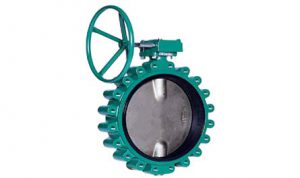
butterfly valve
Later, polytetrafluoroethylene (PTFE) appeared, which has the characteristics of strong corrosion resistance, stable performance and size, low friction coefficient, as well as not aging and easy to shape. In addition, it can also improve its comprehensive performance by filling and adding appropriate materials and get the butterfly valve sealing material with better strength and lower friction coefficient, which overcomes the limitation of synthetic rubber part. Therefore, as the representative polymer material, PTFE and its filling and modification materials have been widely used in the butterfly valve, which further improves the performance of the butterfly valve.
In order to meet the requirements of industrial applications such as high and low temperature, strong erosion and long life, the butterfly valve with metal seal has been greatly developed in recent decades. Butterfly valves with large diameter (9750 mm), high pressure (2.2 kN/cm2), and wide temperature range (102 ~ 606 ℃) appeared, which brings the butterfly valve technology to a whole new level.
The butterfly valve is a kind of valve which opens, closes and regulates the flow channel by means of the reciprocating rotation about 90 degrees of the disc type opening and closing. Butterfly valve has good flow adjusting function and closed sealing characteristic, it is one of the valves developed rapidly in recent decades, especially in the United States, Japan, Germany, France, Italy, and other industrial developed countries. Its reliability and other performance indicators have reached a high level, and have partially replaced globe valve, gate valve, and ball valve. Butterfly valves will be the dominant valve for a foreseeable short time, especially in the large and medium caliber, medium and low-pressure service areas. Besides, sanitary butterfly valves are also widely used in food, health, medical and other industries.
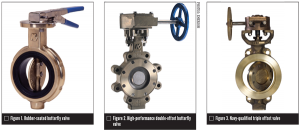
Evolution of Butterfly Valves
Nowadays, the application of computer-aided design (CAD) and computer-aided manufacturing (CAM) and flexible manufacturing system (FMS) in the valve industry has brought the design and manufacture of butterfly valves to a new level. It not only comprehensively innovate the design calculation method of the valve but also reduces the heavy repetitive routine design work of professional technicians, which enables technicians to devote more energy to improving the technical performance of products and the research and development of new products, shortening the cycle and improving labor productivity.
Due to the application of CAD/CAM, 3D sealing pairs designed by CAD and manufactured by CAM have appeared in the field of metal sealing butterfly valve, making the sealing surface of the valve free from any squeeze, scratch and wear during opening and closing, so the sealing and service life of the butterfly valve is improved by orders of magnitude.
Please visit http://www.adamantvalves.com/ for more information.
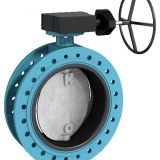
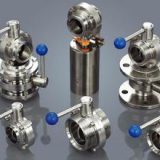
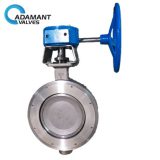
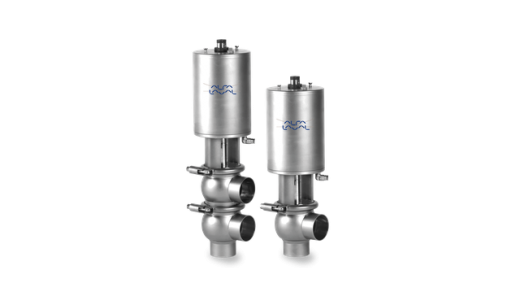
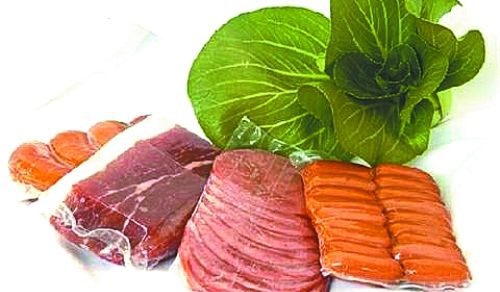

Recent Comments